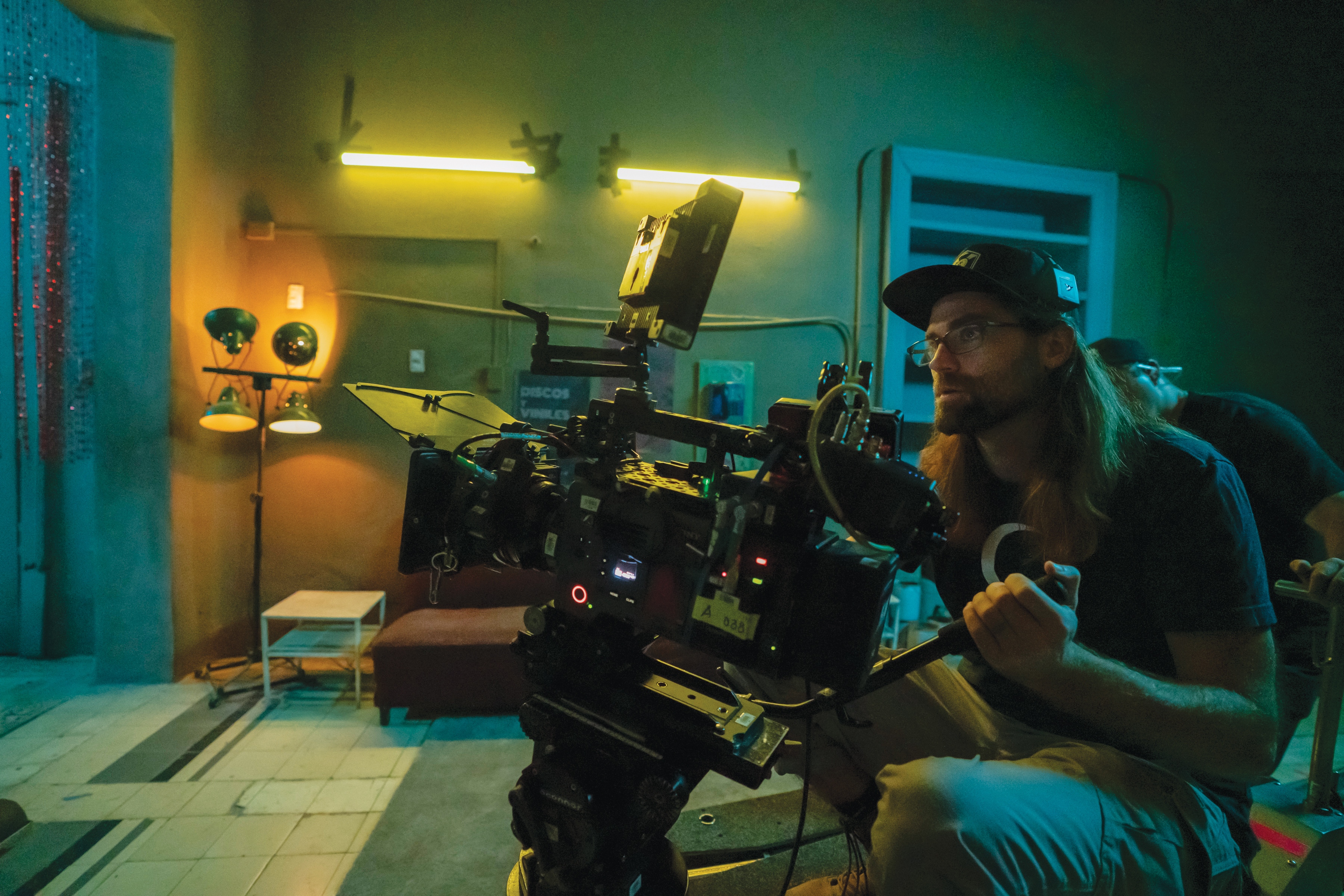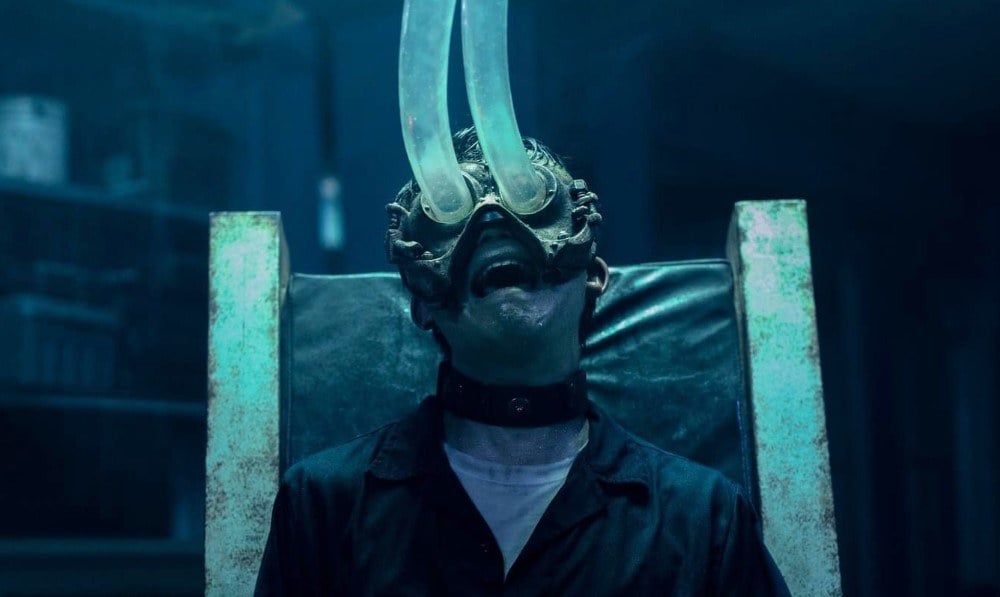
Saw X: Traps From the Past
“I’m really fascinated by beauty and brutality — I think they kind of walk alongside each other.”
Director of Photography Nick Matthews grew up in a strict, religious home where he had to beg his father to allow him to rent the cult horror hit Saw from Blockbuster Video. Today, 18 years later, he is eager to speak about his inspiration for shooting Saw X, the 10th film in the franchise.
The film is set between the events depicted in Saw and Saw II, and follows John Kramer, or Jigsaw, as he travels to Mexico for a medical procedure that turns out to be a scam.
Dirt and Grime
Matthews wanted to root the new chapter in the aesthetic of the early entries, which he describes thusly: “You kind of feel like you need a tetanus shot after you watch them.”
He adds, “I describe Saw as ‘Seven by way of a nu-metal music video.’ It’s very much rooted in Italy’s giallo filmmaking. I wanted to hark back to the dirtiness, the grittiness, the grime, the pervasive darkness, these poppy giallo colors of the early films, but I didn’t want to do it in a way that felt very heavily done in the DI; I wanted to do it with lighting. I wanted to create three-dimensional color spaces where you have these primary, secondary and tertiary colors populating the film.”
This meant establishing colors early in the story and returning to them when characters are caught and put in the classic Saw traps. “I took the color palettes we used in Mexico and dramatized them for both the abductions because every character who ends up in these traps is abducted in these very giallo-like sequences,” says Matthews. “Anything that was going to become a tertiary color in the trap sequences I would use as the primary color first — a deep red, or rusty yellow, a sickening green, or a sodium-vapor color. Part of what drove our language was the line in the movie where someone asks, ‘Where are you taking me?’ and John Kramer says, ‘To Hell.’”

Color and Contrast
Matthews paired a Sony Venice, which he rated at ISO 2,000, with Cooke Panchro /i Classic lenses and Pearlescent 1 filters. He focused on amplifying the story of Kramer through color and contrast. “I do see the language of Saw as a language of exclamation points, but because this is ultimately a story about John Kramer, we’re trying to do it with subjectivity and elegance,” he says.
Matthews wanted to create an overall arc of color and light only with practicals. “We start with whitish-blue fluorescents and golden tungsten lamps. Then we tumble into this dirty palette of sodium-vapor orange, arsenical greens, red emergency lighting, and ochre yellows, all built into industrial fixtures.”
Lighting the Traps
It was vital to differentiate the traps from one another and create multiple moods within the same warehouse space, while also facilitating quick transitions. “By the time we got into the traps, we were shooting easily around 80 shots a day. So, we were lighting fairly 360. The traps are typically shot in a single day.”
Most of the trap lighting was set up in the main warehouse area or the control room. “For instance, for the brain surgery trap, I created a lighting effect where we flickered a variety of units on and off. Everything was LED and dressed into practical housings so they looked like they were part of the set. However, I’d typically bring a few small instruments out onto the floor like Arri SkyPanel S60-Cs or Asteras to wrap the light further or, in the case of the brain-surgery trap, to add an ochre yellow to the fill side of the character, which dirties up the image and the light.
“I’m really fascinated by beauty and brutality — I think they kind of walk alongside each other,” Matthews adds. “I want to try to find what’s beautiful in the brutality. I think, ‘How do I take this character and craft something that walks you into that kind of space and into that sort of a world? How do I create shape and darkness within a space?’ For me, it’s about thinking in terms of deep background, midground and foreground, and then letting things fall off in a lot of places.”

Technical Specs
1.85:1
Cameras | Sony Venice
Lenses | Cooke Panchro /i Classic






